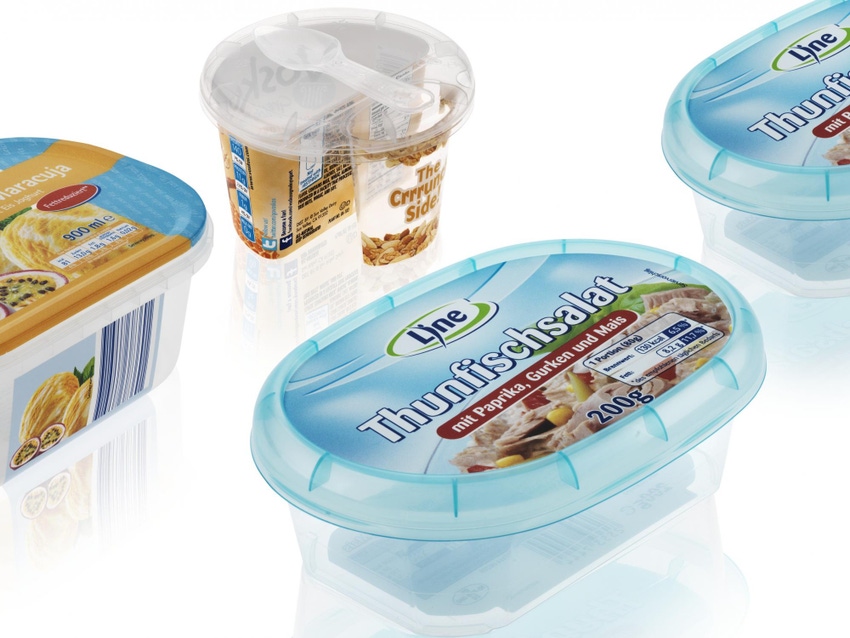Erema debuts Intarema K system at Interpack; Netstal makes cost efficiency a priority
Dusseldorf — At Interpack 2014, the world's triennial trade fair for the packaging sector and related processing industries that closed today in the Messe Dusseldorf, Germany, Erema gave the world its first look at the new Intarema K system. The new model is the successor of the KAG system designed especially for the recycling of PE edge trim - a fully automatic recycling system which ensures material-friendly processing through a short extruder, which means minimal thermomechanical stress and, as a result, excellent material properties.
May 14, 2014

Dusseldorf — At Interpack 2014, the world's triennial trade fair for the packaging sector and related processing industries that closed today in the Messe Dusseldorf, Germany, Erema gave the world its first look at the new Intarema K system. The new model is the successor of the KAG system designed especially for the recycling of PE edge trim - a fully automatic recycling system which ensures material-friendly processing through a short extruder, which means minimal thermomechanical stress and, as a result, excellent material properties.
 The development and production of high-performance and application-oriented recycling solutions for production waste in the fields of in-house and industrial waste is a core competency of Erema. The fully automatic Intarema K recycling system includes the patented counter current technology, boosts productivity, flexibility and process stability; the energy-saving ecoSAVE system including direct drive; and, for the first time, the new smart start system touchscreen user-friendly operation.
The development and production of high-performance and application-oriented recycling solutions for production waste in the fields of in-house and industrial waste is a core competency of Erema. The fully automatic Intarema K recycling system includes the patented counter current technology, boosts productivity, flexibility and process stability; the energy-saving ecoSAVE system including direct drive; and, for the first time, the new smart start system touchscreen user-friendly operation.
Netstal demonstrated its proficiency in building what Markus Dal Pian, VP of sales at Netstal, described as "exceptional plug and play systems that are reliable and simple to operate in a productive environment."
Maximum performance in combination with the manufacturing safety and reliability of production systems play a central role when it comes to unit costs, said the company. Netstal has identified four key components as factors of success for effective unit cost reduction in a typical IML system for the packaging sector: the machine, the (multi-cavity) mold, complex automation with integrated parts quality control and product stacking.
"Only perfect interaction between all the individual system components can guarantee a high OEE (overall equipment effectiveness) index," declared Patrick Scharpf, area sales manager for the PAC business unit. Today, the OEE index is defined by means of the traditional criteria availability, output and quality rate to describe the overall efficiency of a system. The typical availability of a Netstal injection molding machine is around >98 percent. Functional interaction with high-quality and optimally designed system components, such as molds and IML handling systems, ensure that Netstal IML systems achieve an impressive OEE factor of around >94 percent.
The packaging team at Netstal can draw on a broad range of experience in moldmaking, the development of components suitable for plastics, and comprehensive application- and process-specific know-how in the field of thin-wall packaging. "This enables us to design, plan and implement complete production cells as turnkey systems and commission them on site. We provide our customers with support and advice from the conception stage of a new product, right through to handover of the turnkey production system," Scharpf said.
About the Author(s)
You May Also Like


